| In the same realm of embellished caps is this cap from the Hailstone Collection, woven by Ada Charles in the 1930’s using the red strip from cigarette packs as an overlay embellishment. It is striking to see the shiny red material against the glossy black of the maidenhair fern. Previously to get a red color in a basket, a weaver would dye woodwardia fern a rusty red using alder bark. This material would be a matte rusted red color in the basket. I can see the allure and striking decision to incorporate such a common material into this basket cap. This practice of using cigarette pack strips waned as people realized the fragility of the material over time. |
|
This week, we'll hear from Brittany Britton, the Registrar-Curator for the Nealis Hall Native American Collections. She'll be discussing a few of the interesting finds she's had while working on an inventory of the collections. Working with the Nealis Hall basket collection, and looking through our storage area I have been finding interesting baskets that have some materials that deviate from the norm. We are used to seeing baskets that have the typical overlay decoration of beargrass, alder dyed woodwardia fern, maidenhair fern, and wolf moss dyed porcupine quills as the decorative element in basketry here in the Northwest California coast. What have been of interest are the moments when local weavers took chances with other materials. Most ceremonial caps will have design work on the crown with traditional materials, but here we have woven dyed yarn added into the overlay for a different color such as this cap from the 1890’s from the Hastings collection. Finally a fabric embellishment that serves more of a utilitarian purpose. This acorn flour hopper was collected by Cecile Clarke, it is an item used to keep pounded acorn flour in place when using a mortar and pestle. When I look at our collections it serves to highlight that the notion of traditional materials changes over time with processes. People use what is available to them throughout time, and these man-made materials are what were available and not seen as a detractor to the basket they made.
3 Comments
Thank you to everyone who participated in and came to the museum for our 6th annual Archaeology and Cultural Awareness Day on Saturday! There was a great turnout and vistors had a great time. Thank you to the following individuals and groups that presented and made this event a success:
Check out our event photos below!On September 29, Patrick’s Point State Park hosted Sumeg Village Day, an event celebrating and honoring Yurok cultural practices. Sumeg is a recreated Yurok village featuring traditional-style redwood plank houses, sweathouses, canoes and a native plant garden that is open to the public and used throughout the year for cultural demonstrations and education of the public and Yurok youth.
The museum strives to balance public accessibility to artifacts, protection of artifacts, and the cultural care of items in the museum collections when participating in events by loaning out designated items for use in traditional ceremonies and for public outreach events. The utmost care is taken to protect the structural integrity of the items while also ensuring that the items are strengthened spiritually through their participation in the dances. This program has been instrumental in helping revitalize local dance traditions as tribal members have been able to use and study regalia and create their own to start dancing again. We hope to continue supporting the continuing expansion of the dances and supporting the continual communication between the past and present through the study of historic regalia and the creation of new regalia.
This week, we'll hear from museum Director Ben Brown, who recently spoke on KINS' Community Comment. Listen to the KINS Community Comment to hear about the history and future of the corner of 3rd and E here. Early Settlement and the Huff House
The First Bank of EurekaUntil the 1960s, this area of Eureka was referred to as North of Fourth, as you can see from the map what the many amenities that were offered- including 64 saloons, 46 "Bawdy Houses", and 14 churches.
The 1911-1912 Bank of Eureka building was designed by the San Francisco architect Albert Pissis. He was one of the first Americans to study at the Ecole des Beaux Arts in Paris. He was a major figure in the Neoclassical (Classical Revival) movement, particularly Beaux-Arts, and introduced that style to San Francisco beginning with the Hibernia bank building in 1892. The bank had a policy of staying open late every Saturday night to wait until the loggers arrived from the woods to cash their checks. In 1954, Bank of Eureka merged with Crocker-Anglo London-Paris National, later Anglo Crocker, then Crocker Citizen, but in 1957 the bank moved out and the building sat vacant. Cecile Clarke and Her MuseumCecile Clarke originally began the museum at Eureka High School in the 1920s. Never marrying or having kids, Cecile was an independent person who devoted her life to history and this region. She loved all things history, with a special affinity for Native American items and culture. She also helped form the Humboldt Historical Society and the local chapter of the Gem and Mineral Society. Cecile Clarke purchased the old Bank of Eureka building in 1959 and moved the collection down from the High School. On June 8, 1960, the Clarke Memorial Museum opened its doors. Cecile Clarke dedicated the museum to her parents, Joseph and Annie Clarke, Mendocino County pioneers of the 1860s. The name was later changed in 2000 to Clarke Historical Museum to reflect the museum's dedication to preserving and presenting the history and culture of the region. The Museum Expands: Nealis HallIn 1904, The E Street Theater opened up next door to the Bank of Eureka Building as a vaudeville theater with "moving pictures on the Bioscope." After a few years, it was torn down and replaced by the Theater Margarita, which eventually became the Empire, the Orpheum, the Orpheus, and lastly in 1938, the Liberty Theater, which went out of business in 1958. In the late 1970s, the owner of the defunct Liberty Theater, George Mann, agreed to sell the land to the City of Eureka if they promised to add an additional wing to the Museum. With the help of a federal Economic Development Administration grant awarded to Eureka in 1979, an addition to the museum was built on the old Liberty Theater land. That additional wing became Nealis Hall, which now houses the Native American collections of the Clarke Museum. In the time since then, various community members and families have donated items to be preserved and displayed in the hall for the enjoyment and education of museum visitors. Jim Nealis moved to Eureka in 1941 and worked for Pacific Telephone and Telegraph where he eventually became District Manager for Eureka. He was described as a "good natured, gravely - voiced friend" by those who knew him. He was well-known throughout the community and was a longtime board member for the Clarke Historical Museum. He played a large role in the agreement between the City and the Museum to ensure the construction of Nealis Hall, which the Museum named after him in his honor. "If a problem arose on the horizon, the first thought was to "Get hold of Jim Nealis. He knows what to do."" -Times Standard, Eureka, April 30, 1971 "Phone 'Operator' Nealis Ending Official Career" The Clarke Museum TodayToday, the Clarke Historical Museum and the Eureka Visitor Center share the space and offer tourists and locals advice on the best places to stay, eat, shop, and things to do, while grounding everyone in the rich history of this area. We’re excited to announce that the roof was recently replaced on the historic building and we’ll now focus on other needed infrastructure projects like improving the wheelchair ramp to ensure accessibility for all and expanding our display space by shifting our archives upstairs and reopening the old vaults for exhibits. Other needed improvements include projects that will get the building back to its former glory by adding back chandeliers and wall sconces and painting the inside of the building to highlight the terrific details. The Clarke Museum remains committed to preserving and presenting this region’s history and culture by honoring and learning from previous generations and teaching the next generation as they become tomorrow’s future leaders!
|
AboutKeep up with the Clarke through our Blog! Archives
August 2022
|












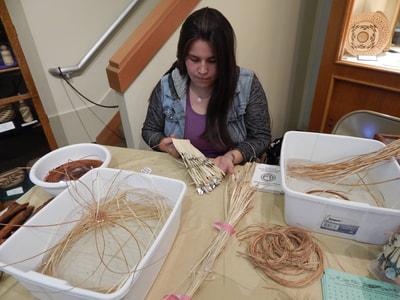


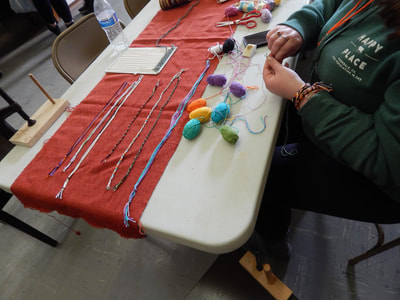
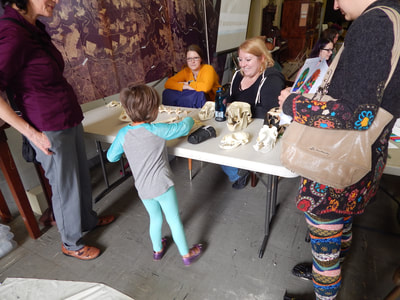








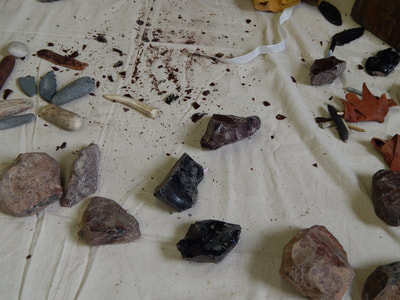





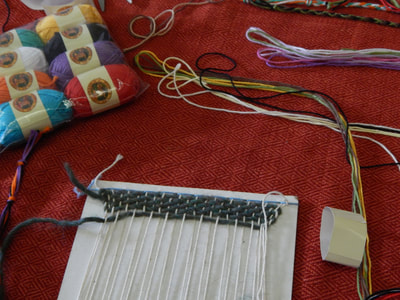







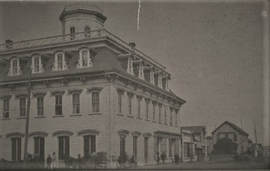





 RSS Feed
RSS Feed